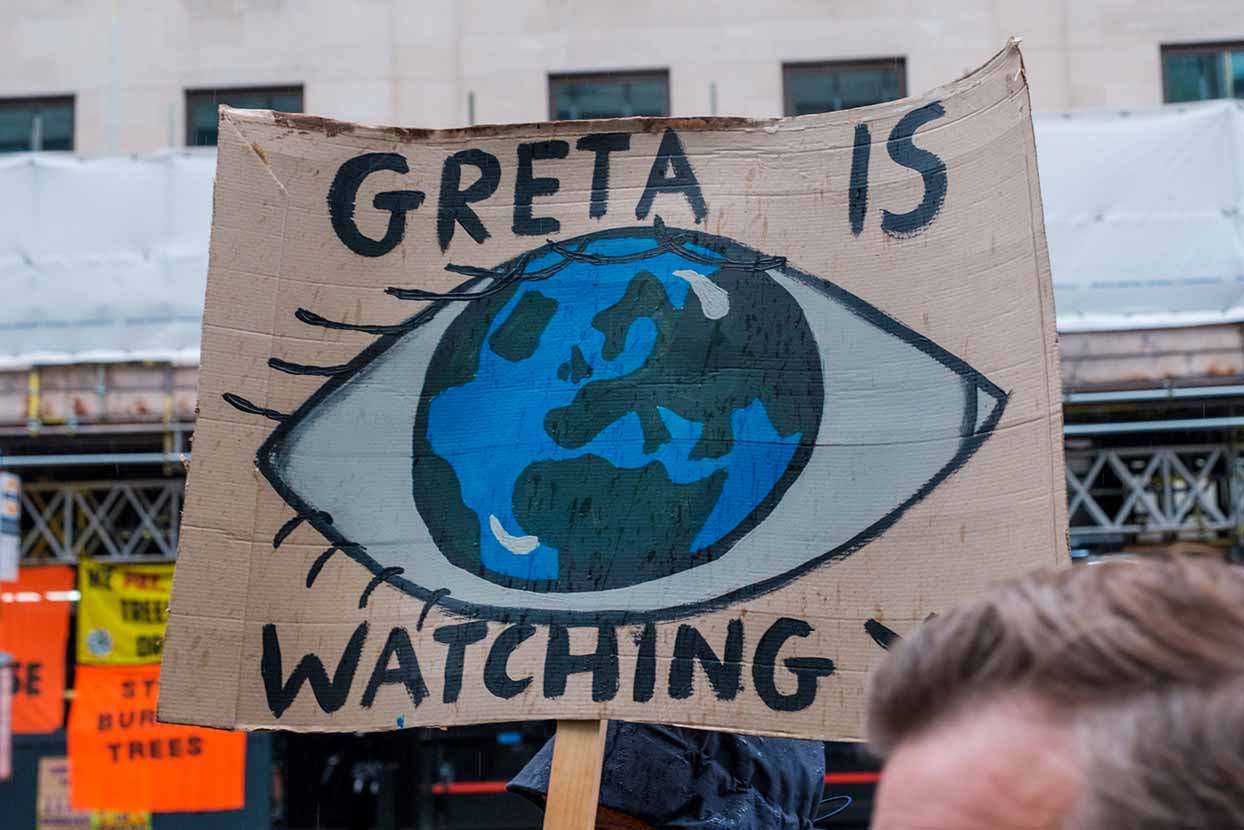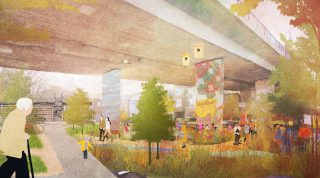← Archive home
Sustainability expert, Golnaz Ighany, explains the rise of regenerative design and discusses the shift in mindset required to make it work.

The release of the Intergovernmental Panel on Climate Change (IPCC)1 sixth assessment report in March 2023 brought the alarming rate at which the planet’s temperature is rising to the forefront. The report updates climate projections and emphasises the risks of inaction, including more frequent and intense heatwaves, droughts, floods, and tropical cyclones.
The report reveals that the average temperature of the Earth’s surface between 2011 and 2020 exceeded pre-industrial revolution levels by 1.1°C, a temperature rise that is unprecedented in the last 100,000 years. Carbon dioxide concentrations are also at their highest for at least two million years!

The concept of regenerative design has gained traction as a way to create thriving environments that have positive impacts and enhance the overall health and wellbeing of ecosystems, communities, and individuals, rather than simply seeking to minimise negative impacts. At the core of regenerative design is a deep commitment to whole systems thinking, recognizing that all components are interconnected and interdependent, and changes made in one part of the system can have ripple effects throughout the entire structure.
This holistic approach seeks to restore, renew, or revitalise the sources of energy and materials used, while improving ecology and biodiversity. It requires designers to consider the long-term implications of their decisions. Regenerative design also emphasises the importance of resilience and adaptation in the face of uncertainty and change. By creating systems that are robust, flexible, and responsive to changing conditions, environments are able to thrive and adapt over time.
Of course, recognising the full potential of regenerative design will require a shift in mindset and a willingness to embrace new ways of thinking and working. Collaboration and engagement across disciplines and sectors will be necessary, as well as a commitment to continue learning.
“Success is directly proportional to the degree of positive adaptation to change”3. The biggest challenges around addressing climate change in our industry are often not technical, but cultural. This cultural transformation needs to occur at the level of mindsets, and a shift in behaviour and education is the first step.
We need to create a new collaboration model to replace conventional processes and norms of design, which requires innovative thinking, sensible design strategies, careful analysis, and determined leadership, focused on a clear, ambitious vision. Achieving this goal demands that the construction industry adopts a new, collective, and transdisciplinary approach, unifying different disciplines around a climate action framework and promoting collaboration, education, and knowledge sharing. Empowering clients to make educated decisions about which approach best aligns with their goals while maintaining the commitment to design excellence and climate action.
As the IPCC noted, ‘Our choices will reverberate for hundreds, even thousands, of years”. The world is currently facing an unprecedented climate emergency, making these challenging yet exciting times for all involved in the built environment. We have a unique opportunity to make a positive impact, and to achieve this, it is essential for all parties involved in design and delivery to be agile and adapt. This requires upskilling our knowledge and expanding our roles beyond our conventional expertise. By facing design challenges as an opportunity and embracing a new universal vision and a transdisciplinary and holistic approach that values integrity, bravery, responsibility, and creativity. By following this approach, we can create inspiring, resilient, and socially purposeful places that contribute to the wellbeing of people and our planet.
Be brave, be sustainable!

“Right now, we are in desperate need of hope. But hope is not about pretending that everything will be fine. To me, hope is not something that given to you, it is something you have to earn, to create. It cannot be gained passively, through standing by and writing for someone else to do something. Hope is taking action. It is stepping outside your comfort zone.”
— Greta Thunberg
1 https://www.ipcc.ch/report/sixth-assessment-report-cycle
2 https://www.unep.org/resources/publication/2022-global-status-report-buildings-and-construction
3 Vishwas Chavan
Video by Why Steve
Video by Ronald Hayward
Photo by Malachi Brooks on Unsplash
Photo by Ehimetalor Akhere Unuabona on Unsplash
Climate stripes by Professor Ed Hawkins (University of Reading)





